The history of "Luofan," which refers to the “emigration of young people from Kinmen to Southeast Asia between 1860 and 1950” in Kinmen dialect, has been promoted by the Kinmen National Park Headquarters. With a total area of approximately 150 square kilometers, the Kinmen Islands are home to around 161 western-style buildings. Notably, the Western-style buildings in Shuitou Village (also known as the “Huan-a-lau”) have been preserved in their original state, substantially contributing to the promotion of the traditional settlements, Minnan culture, and overseas Chinese culture in Kinmen.
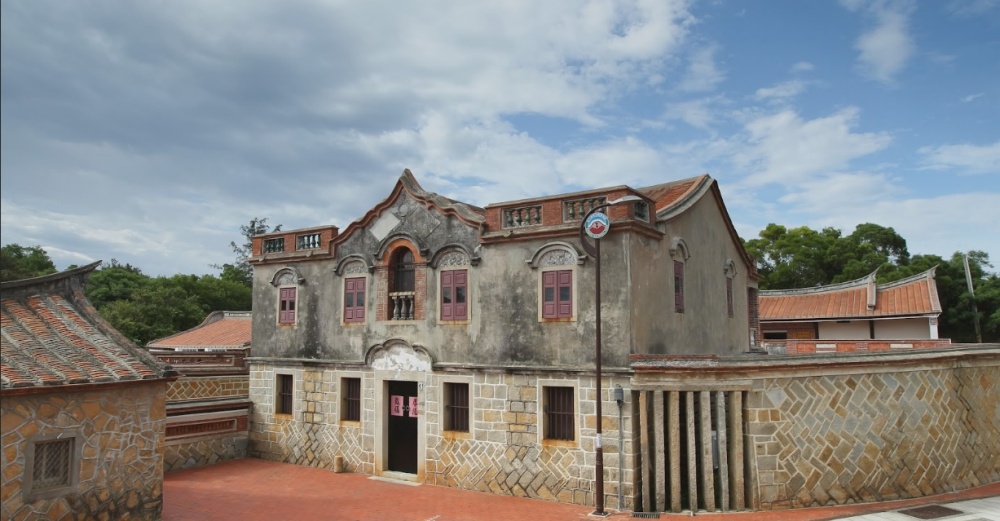
In the early days, many Kinmen residents left their homes due to the lack of resources on the islands and emigrated to Southeast Asia in search of better job opportunities to provide their families with a better quality of life. However, success did not come without significant efforts and sacrifices. The prevalent saying of “10 left, 6 died, 3 stayed, and 1 returned” that resonated during the time, as well as the Western-style buildings marking and symbolizing the hard-working nature of the people of Kinmen all testify to the commitment and devotion they held while striving for a better future away from home.
The Kinmen National Park Headquarters has compiled extensive historical and cultural documents as well as relevant data collected through field studies. By displaying a variety of artifacts related to overseas Chinese culture in the Deyue Tower and raising questions such as “How did Kinmen people reach Southeast Asia?”, “What kind of jobs were offered in Southeast Asia?”, and “How did the people positively impact their hometown?”, the headquarters aimed to fill the hearts of visitors with lasting memories.
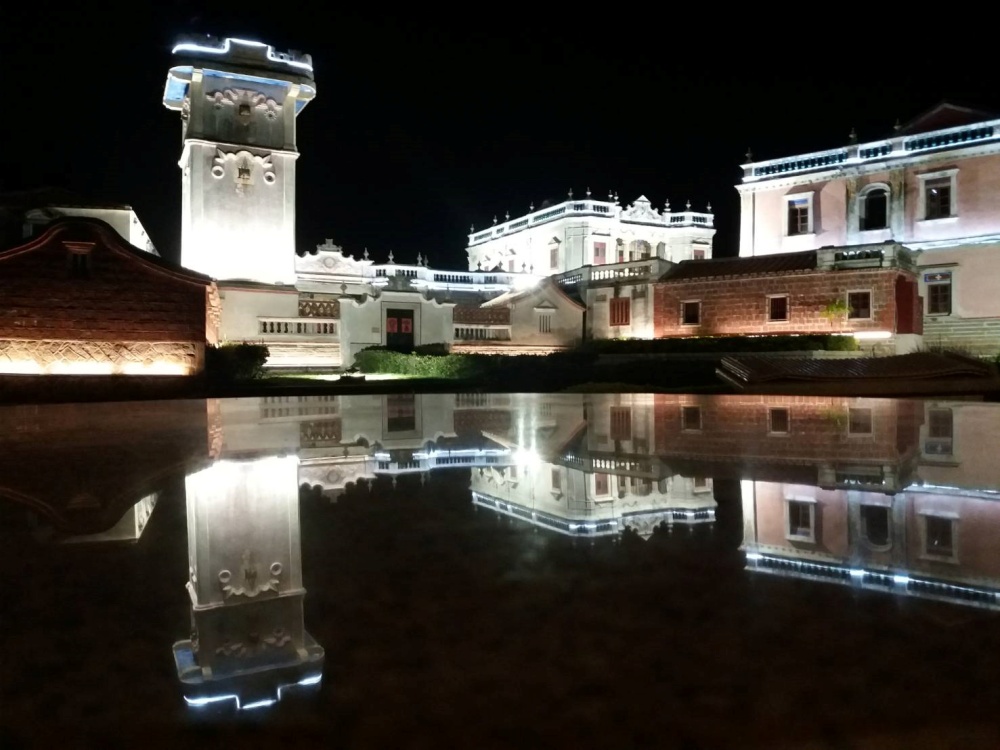
“The Story of Luofan,” an environmental education course was also designed for elementary school students from fourth to sixth grade by the Kinmen National Park Headquarters. The course introduces the children to the unique Kinmen history of Luofan and guides them in understanding the struggles faced by those working away from their homes and missing their loved ones, encouraging them to embrace the courageous spirit of those from the past.
In 2011, a team traveled all the way to Malaysia to conduct research on the first generation of overseas immigrants from Kinmen after 1860 for The Quest, a documentary produced by the Kinmen National Park Headquarters, featuring Hui-Ming Chang as the producer and Chen-Yu Tang as the director. By adeptly reviving memories held by the older generations, the documentary touched the hearts of countless Kinmen residents, receiving the Platinum Remi Award in the Culture Category at the 45th WorldFest-Houston International Film Festival.
When The Quest was screened in Kinmen, many sat with tears in their eyes as an indelible mark got imprinted in their hearts, struck by the calm yet compelling narrative that said, “Back then, before they left, it never occurred to them that their destination would one day become their new home. Instead of returning to its original roots, the fallen leaf took root in a different place and grew into another tree.”
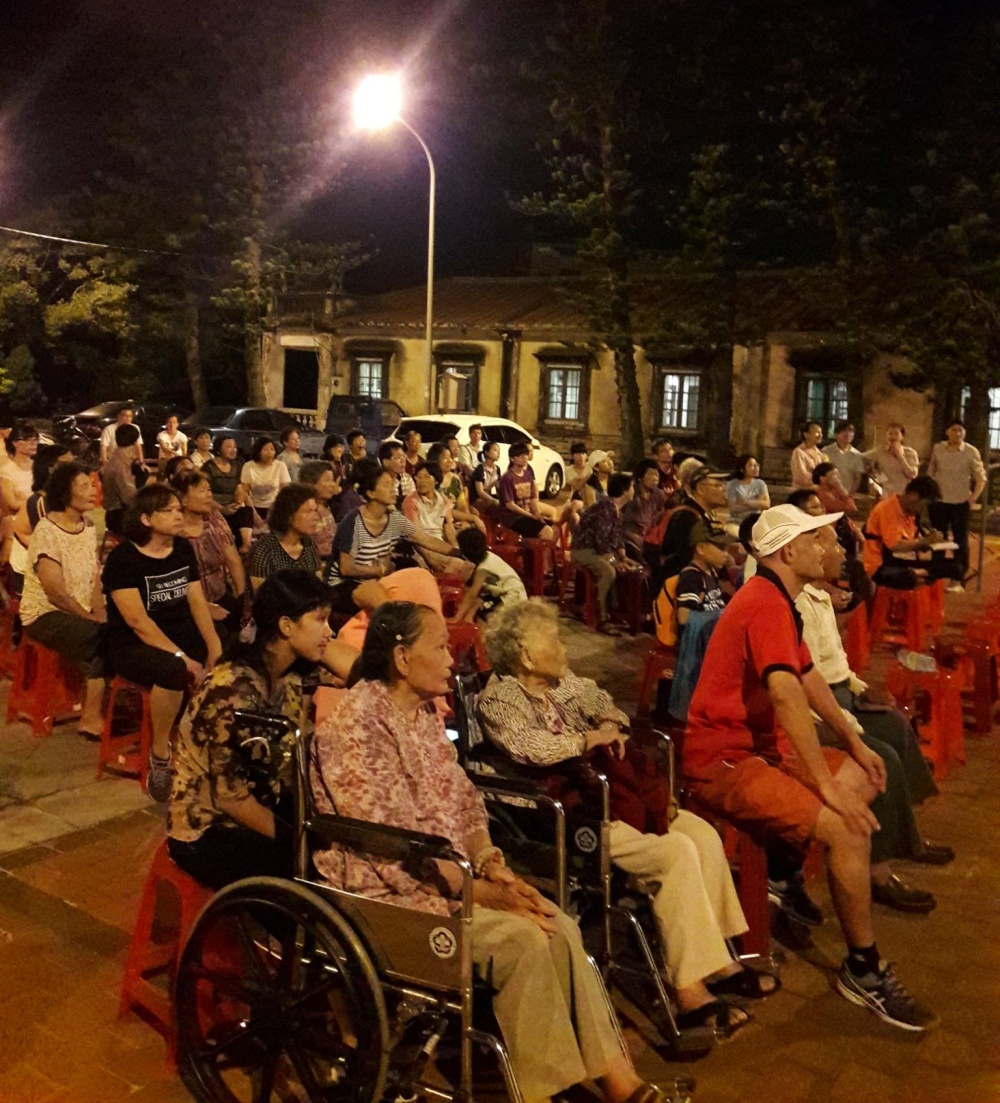
Since 2023, the Kinmen local theater troupe “Kinmen Horseshoe Crab Troupe” has been commissioned to perform “Luofan Qing” in the villages, where local residents showcase Kinmen's historical narrative through their theatrical performance. The plot, which includes the challenges and deep longing for their hometown of people during the Luofan period, have been woven with moments of tears and laughter, creating a valuable perspective on past experiences.
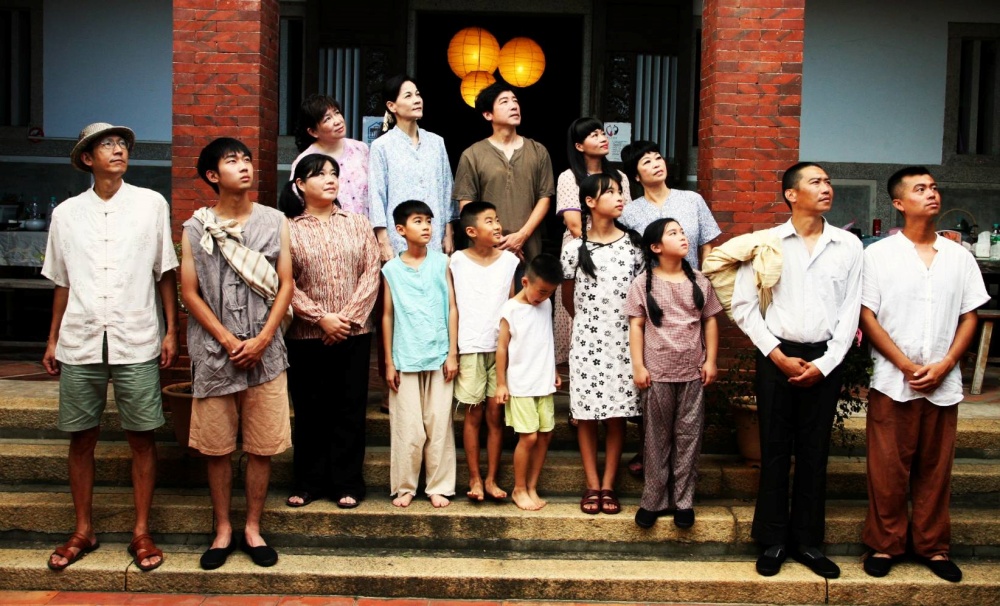
With the trend of globalization, in which immigration and immigrants have become the norm, Kinmen’s unique history of Luofan has been incorporated into education materials for culture asset preservation, and has also inspired people from Taiwan or even travelers from all around the world to appreciate the bond they share with their hometown, bringing Kinmen closer to the pulse of the world.
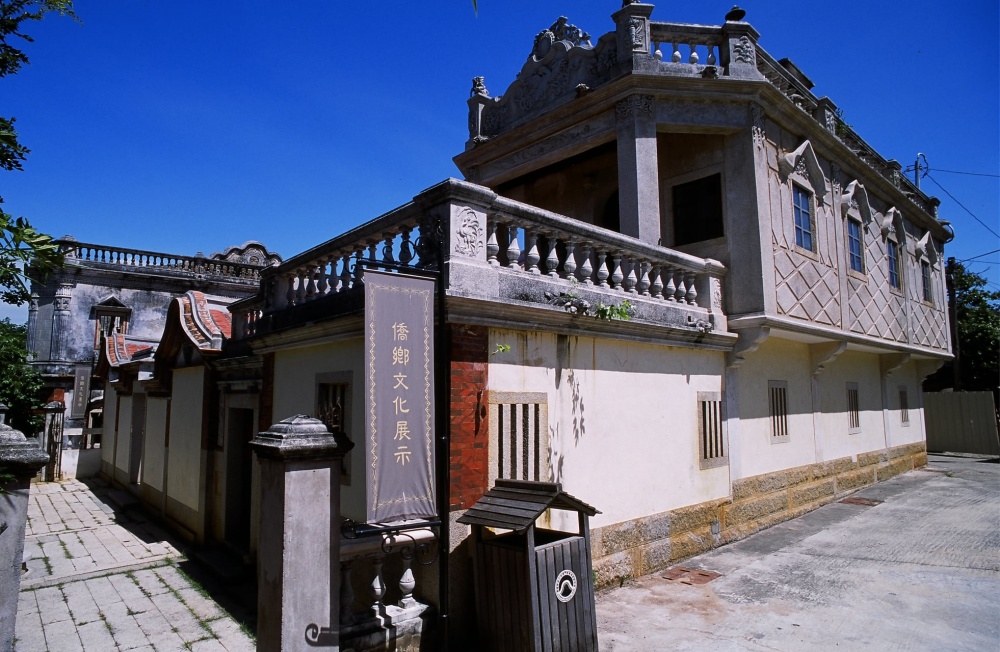


![Text size [Small]](/media/system/images/font_small.jpg)
![Text size [Medium]](/media/system/images/font_normal.jpg)
![Text size [Large]](/media/system/images/font_big.jpg)





